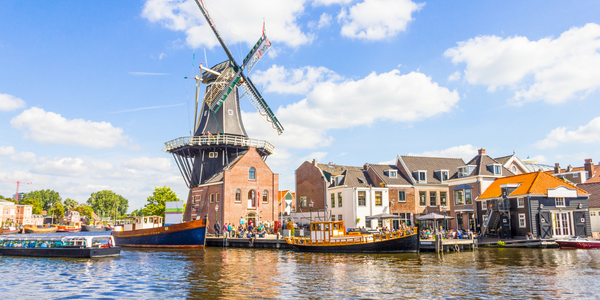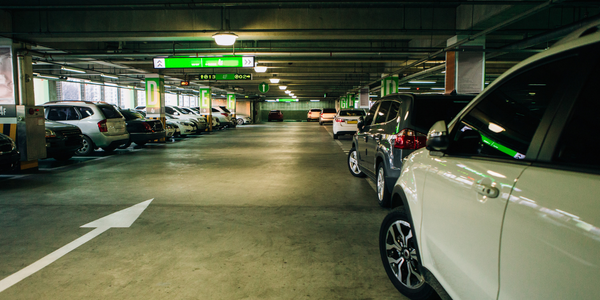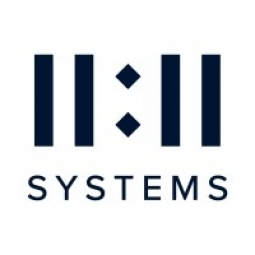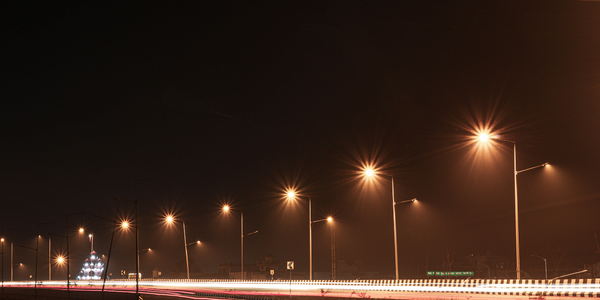Customer Company Size
Large Corporate
Region
- America
Country
- United States
Product
- 11:11 DRaaS for Zerto
- 11:11 Cloud Backup for Veeam Cloud Connect with Insider Protection
- 11:11 Cloud Backup for Microsoft 365
Tech Stack
- Zerto
- Veeam Cloud Connect
- Microsoft 365
Implementation Scale
- Enterprise-wide Deployment
Impact Metrics
- Cost Savings
- Digital Expertise
- Productivity Improvements
Technology Category
- Infrastructure as a Service (IaaS) - Cloud Computing
- Infrastructure as a Service (IaaS) - Cloud Storage Services
Applicable Industries
- Cities & Municipalities
Applicable Functions
- Business Operation
Services
- Cloud Planning, Design & Implementation Services
- Cybersecurity Services
About The Customer
The City of Encinitas is located along six miles of California’s golden coastline and is home to just over 64,000 residents. Approximately 25 miles north of San Diego, Encinitas is considered one of the state’s hidden gems by locals and tourists alike, known for its eclectic downtown, unique collection of gardens and nurseries, and, of course, its pristine beaches and favorable surfing conditions. In fact, the city was recently named among the 20 best surf towns in the world by National Geographic. The city's IT department, led by IT Operations and Engineering Supervisor Neil O’Connor, supports the city’s entire infrastructure and hundreds of employees. The department supports some of Encinitas’ most critical operations, including the fire department, water districts, and public works.
The Challenge
The City of Encinitas, located along six miles of California’s golden coastline, was facing several challenges with its business continuity strategy. The city's IT department, which supports critical operations including the fire department, water districts, and public works, was under-resourced and vulnerable to potentially devastating unplanned downtime. The geographical proximity of the city’s data centers, inadequate cybersecurity, and increasing maintenance costs were among the concerns. The city was also an attractive target for hackers, making the IT administrators permanently on guard. The city needed a new business continuity strategy that would address these issues and provide a secure and reliable access to data.
The Solution
The city decided to revamp its business continuity strategy by adopting a cloud-based solution. After researching multiple vendors, the city chose to partner with 11:11 Systems. The solution included 11:11 DRaaS for Zerto, 11:11 Cloud Backup for Veeam Cloud Connect with Insider Protection, and 11:11 Cloud Backup for Microsoft 365. The city was already using Zerto, and the 11:11 solution was compatible with it. The 11:11 Cloud Backup for Veeam Cloud Connect with Insider Protection provided an additional layer of protection against internal and external threats like ransomware and malicious or accidental deletion. The 11:11 Cloud Backup for Microsoft 365 offered an additional layer of protection for the city’s email, OneDrive, Teams, and other 365 accounts.
Operational Impact

Case Study missing?
Start adding your own!
Register with your work email and create a new case study profile for your business.
Related Case Studies.

Case Study
Turning A Stadium Into A Smart Building
Honeywell created what it called the “intelligent system” for the National Stadium in Beijing, China, turning the venue for the opening and closing events at the 2008 Summer Olympics into a “smart building.” Designed by highly controversial artist Ai Weiwei, the “Bird’s Nest” remains one of the most impressive feats of stadium architecture in the world. The 250,000 square meter structure housed more than 100,000 athletes and spectators at a time. To accommodate such capacity, China turned to Honeywell’s EBI Integrated Building Management System to create an integrated “intelligent system” for improved building security, safety and energy efficiency.
.png)
Case Study
Smart Street Light Network (Copenhagen)
Key stakeholders are taking a comprehensive approach to rethinking smart city innovation. City leaders have collaborated through partnerships involving government, research institutions and solution providers. The Copenhagen Solutions Lab is one of the leading organizations at the forefront of this movement. By bringing together manufacturers with municipal buyers, the Copenhagen Solutions Lab has catalyzed the development and deployment of next-generation smart city innovations. Copenhagen is leveraging this unique approach to accelerate the implementation of smart city solutions. One of the primary focus areas is LED street lighting.

Case Study
Buoy Status Monitoring with LoRa
The Netherlands are well-known for their inland waterways, canals, sluices and of course port activities. The Dutch Ministry of Infrastructure indicates that there are thousands of buoys and fixed items in and near water environments that would profit from IoT monitoring. One of the problems with buoys for example, is that they get hit by ships and the anchor cable breaks. Without connectivity, it takes quite some time to find out that something has happened with that buoy. Not to mention the costs of renting a boat to go to the buoy to fix it. Another important issue, is that there is no real-time monitoring of the buoys at this moment. Only by physically visiting the object on the water, one gains insight in its status.

Case Study
Barcelona Case Study
Barcelona’s heavy traffic and its associated high levels of pollution were the primary factors that motivated some companies and universities to work on strategies for improving traffic in the city centre. Bitcarrier is one of the technologies involved in the In4Mo Project, whose main objective is to develop the applications that form the core of smart mobility, one of the fundamental pillars of the smart city concept.

Case Study
China Mobile Smart Parking
Smart Parking, powered by NB-IoT technology, is making it easier for drivers to find free parking spots. Cities can better manage their parking assets and maximize the revenue available to them as a result. Drivers searching for parking create congestion and pollution by circling and hunting for available parking. Smart Parking services are able to significantly ease these problems by guiding a driver directly to a parking space.








